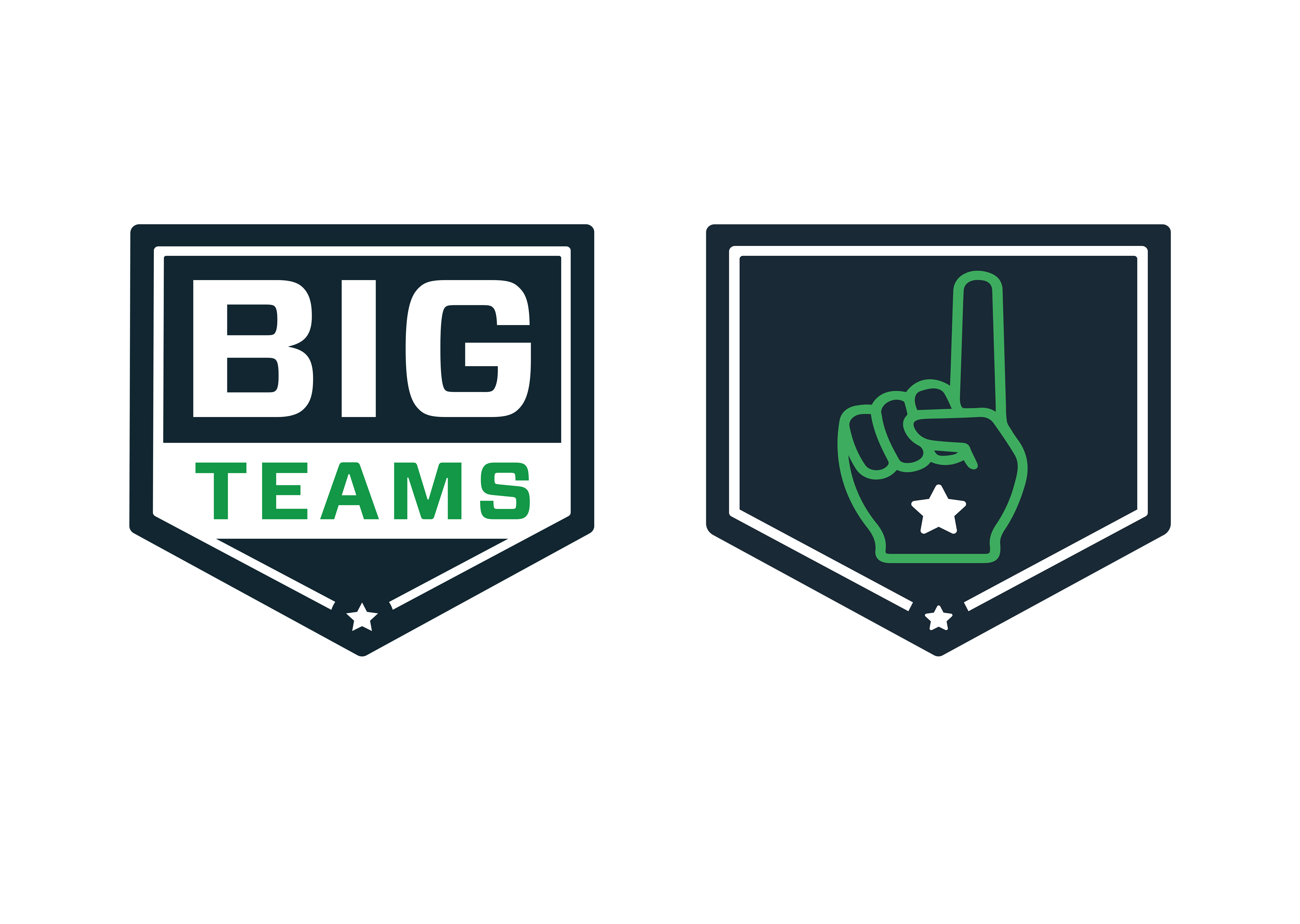Kutztown Athletics
Home of the Cougars
Concussion Information
Concussion Information and Policies
The following information works in correlation with both the Kutztown Area School District Health and Safety polices, as well as the P.I.A.A. website.
Introduction:
Concussion is a common injury estimated to affect 1.6-2.3 million athletes per year at all levels of sport. The Kutztown Area Board of Education recognizes the importance of ensuring the safety of all students. This policy has been developed to provide guidance for the prevention, detection, treatment, and management of students regarding a concussion.
Prevention:
Prevention of concussion in contact sports is limited. The health claims of many products (specialized football helmets, headgear in soccer, custom designed mouth guards) have limited scientific support and remain an active area of study and not without significant debate in the medical community. Concussion evaluation, management, and prevention are all very active areas of intense research. Athletes, parents, coaches, and clinicians should periodically refer to the P.I.A.A. website for updates.
Signs and Symptoms:
Signs and symptoms of concussion are highly variable and individualized. No two concussions are exactly alike. In fact, some clinicians feel that a threshold exists for concussion that varies between individuals, influenced by a variety of familial and clinical factors. Concussion signs and symptoms can be categorized as somatic, affective, and cognitive.
|
Somatic |
Affective |
Cognitive |
|
Headache |
Personality Changes |
Difficulty Remembering |
|
Fatigue |
Emotional Disturbances |
Loss of Consciousness |
|
Dizziness |
Irritability |
Disorientation |
|
Balance Problems |
Sadness |
Difficulty Concentrating |
|
Nausea |
Nervousness |
Delayed Verbal Response |
|
Vomiting |
|
Delayed Motor Response |
|
Visual Disturbances |
|
Abnormal Speech (Slurred) |
|
Light Sensitivity |
|
Feeling Mentally Foggy |
|
Sound Sensitivity |
|
Grogginess |
|
Sleep Difficulties |
|
|
|
Numbness or Tingling |
|
|
Sideline Evaluation:
Sideline evaluation is critical to proper management of an athlete with a concussion. The immediate on-the-field assessment should focus on airway, breathing, and circulation as well as a focused neurologic assessment (mental status, neurological deficits, and cervical spine status). This assessment determines initial disposition (i.e. whether the athlete needs to be transported to the hospital or further assessed on the sideline). The sideline assessment allows for a more detailed history and exam.
Second Impact Syndrome (SIS):
Involves an athlete suffering post-concussive symptoms following a head injury. If, within several weeks, the athlete returns to play and sustains a second head injury, diffuse cerebral swelling, brain herniation, and death can occur. SIS can occur with any two events involving head trauma. While rare, it is devastating in that young, healthy patients may die within a few minutes. Emergency physicians should be aware of this syndrome and counsel patients and their parents concerning when to allow an athlete to return to play.
Complications:
Complications of concussion can be quite serious especially if an athlete returns to play prematurely while still symptomatic. Second impact syndrome is a lethal, poorly understood, rare complication of concussion and occurs when a symptomatic athlete returns to play and has a second head trauma. This “second impact” causes brain swelling and herniation may result in death. Far more common is the prolonged recovery noted in post-concussion syndrome. With cumulative concussions, athletes have been noted to have repeat concussions with less impact and prolonged recoveries, sometimes leading to early retirement from contact sports.
Return to Play:
An athlete with a diagnosed concussion should not be allowed to return to play on the day of injury. No athlete should return to play until cleared by a licensed physician of medicine or osteopathic medicine (MD or DO) comfortable with current concussion management principles.
Return to play after a concussion should not occur until an athlete is asymptomatic off medications with an unremarkable physical examination and neurocognitive testing (if available). A stepwise progression is recommended beginning with light aerobic exercise and advancing every 24 hours through the following stages: sports specific exercise, non-contact training drills, full contact Practice, and competition. If symptoms recur at any point during this stepwise progression, the athlete should return to the previous level and wait for 24 hours before attempting further advancement. This protocol is individualized frequently depending on the needs of the athlete and demands of the sport. A more conservative approach is needed when dealing with young athletes with developing brains (athletes < 18 years of age) as little is known in regard to the long term effects of concussion in this age group.
References
Kutztown Area School District Concussion Policy
2022 - 2023 KASD Concussion Summary
Board Policy - 122, Extracurricular Activities
Board Policy - 123, Interscholastic Athletics
National Federation of High Schools (NFHS) Learning Center - Concussion in Sports Online Course
- Designed for Coach, Parent, Administrator, Official, Performing Arts
Brain Injury Association of America: http://www.biausa.org/
Brain Injury Association of PA:
http://www.biapa.org/site/c.iuLZJbMMKrH/b.1760731/k.BD3E/Home.htm
BrainSTEPS: http://www.brainsteps.net
CDC (Center for Disease Control): http://www.cdc.gov
WebMD for Concussions: http://www.webmd.com/brain/ss/slideshow-concussions-brain-injuries
PA Department of Education: http://www.pde.state.pa.us
PA Department of Health: http://www.health.state.pa.us
Second Impact Syndrome (SIS):
https://www.ncbi.nlm.nih.gov/pmc/articles/PMC2672291/

